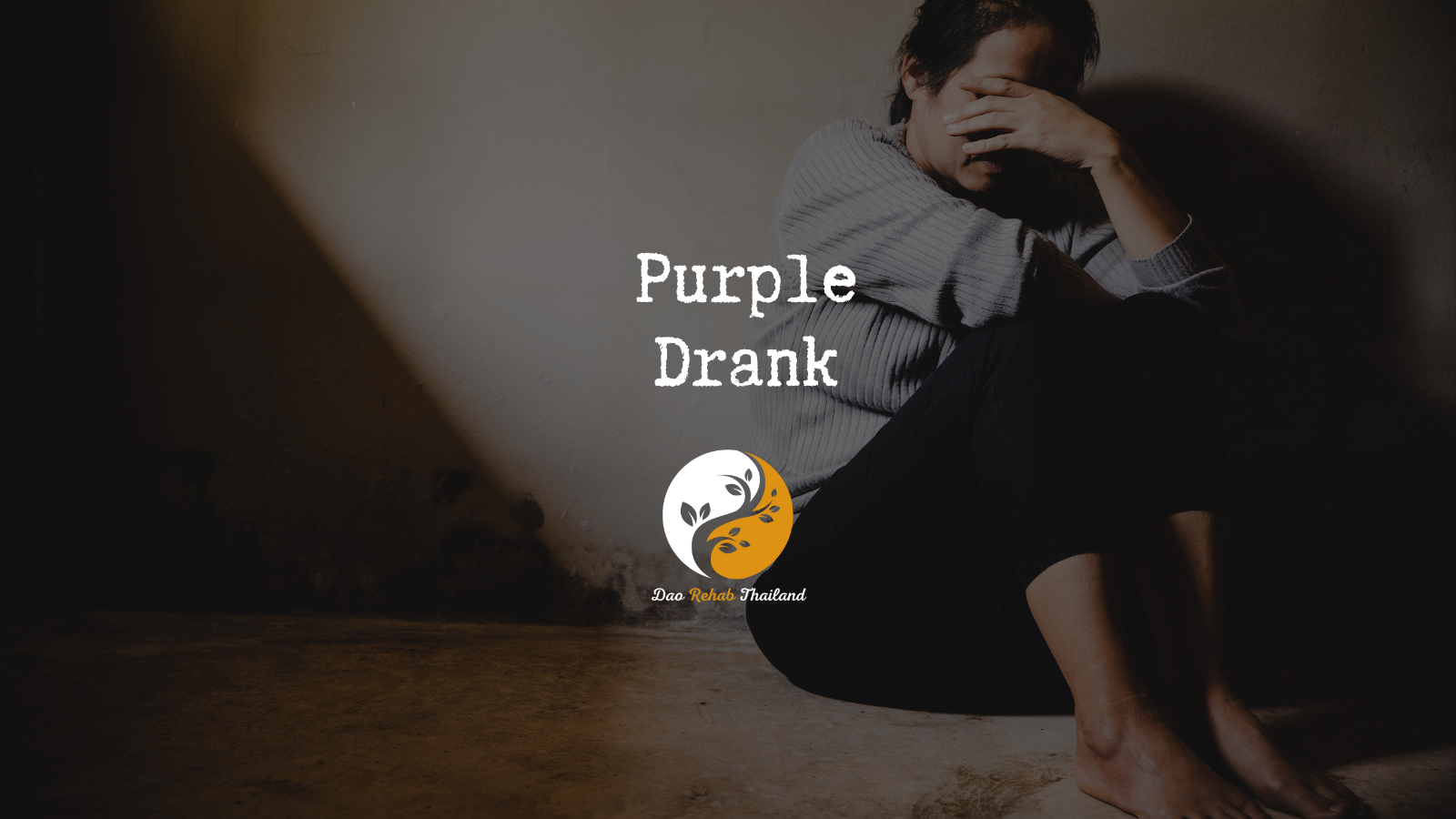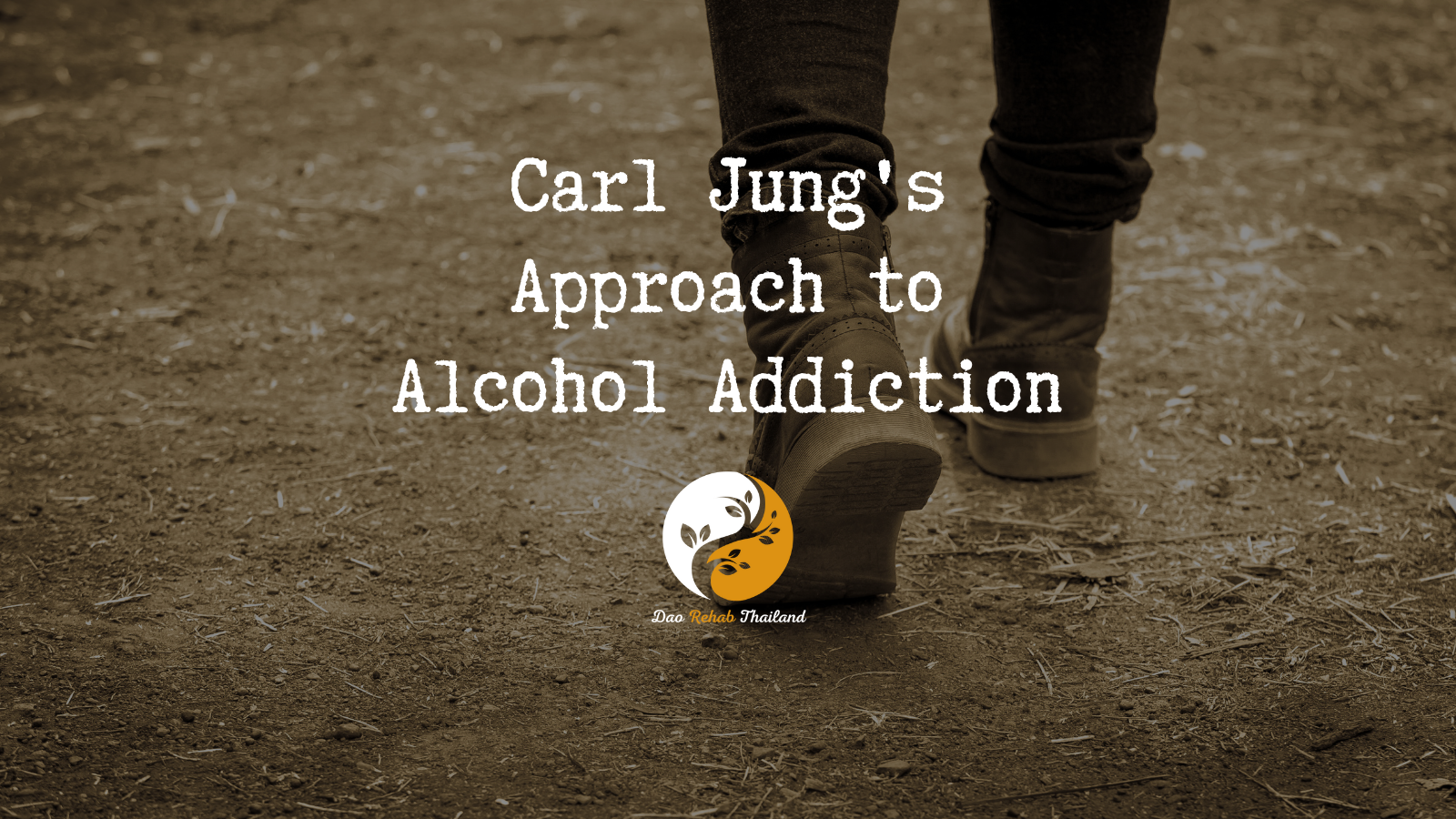
Serenade withdrawal-Holistic rehab in Thailand
Serenade withdrawal
“Turning the impossible into possible”

"Detox from Drugs at a Luxury Holistic Center in Thailand and Israel"

Serenade withdrawal-Holistic rehab in Thailand
The psychiatric pill Seranda is a trade name for a psychiatric drug containing the active ingredient sertraline. Sertraline is a selective serotonin reuptake inhibitor (SSRI), one of the most commonly used medications for mood and anxiety disorders.
"Holistic Center for Trauma, Addiction, and Mental Imbalance Treatment in Thailand"
“Come to the beginning of your journey to freedom from addiction to alcohol, drugs, and pills, and rediscover your life within the serene embrace of DaoTherapy Rehab in Thailand—where holistic healing meets empowering recovery.”
DaoTherapy Holistic Rehab
Key Elements of Drugs Detox:
Medical Supervision: Drugs detox must be conducted under medical supervision, as the body may experience withdrawal symptoms. These can include nausea, anxiety, muscle aches, and insomnia. A medical team will monitor and manage these symptoms to ensure the patient’s safety and comfort.
Holistic Therapies:
Holistic Therapies: Many detox programs incorporate holistic therapies such as mindfulness, yoga, and meditation to help individuals cope with stress and anxiety during the detox process. These therapies support the mind-body connection and contribute to overall recovery.
Tapering Process
Tapering Process: Drugs detox often involves a gradual tapering of the drug to reduce withdrawal severity. Doctors will slowly decrease the dosage over time to allow the body to adjust to lower levels of the substance.
Psychological Support:
Psychological Support: Like any addiction recovery process, detox from Drugs includes psychological support. This can involve counseling, therapy, or support groups to address the mental and emotional aspects of addiction.
Post-Detox Treatment:
Post-Detox Treatment: After completing detox, continuing treatment is crucial to prevent relapse. This often includes participation in ongoing therapy, group support, and the development of new coping strategies to maintain sobriety.
Serenade detox: What you need to know about Serenade detox, what are the causes of addiction to prescription pills:
The causes of addiction to prescription pills are complex and vary from person to person, and include a combination of genetic, psychological, environmental, biological, and personal factors.
Genetic factors:
Genetic predisposition: Some people are born with a genetic predisposition to addiction. Studies show that there is a genetic inheritance that increases the risk of addiction.
Families with a history of addiction: Those who have parents or first-degree relatives who have struggled with prescription pill addiction may be at higher risk of addiction.
Mercital withdrawal: Psychological factors:
Mental disorders: People who suffer from depression, anxiety, personality disorders, or post-traumatic stress disorder (PTSD) may turn to drugs to cope with the symptoms of these conditions.
Low self-esteem: A sense of low self-esteem can lead to drug use as a way to escape a painful reality or to improve their sense of self-worth.
Stress and Mental Overload: People who experience chronic stress or increased mental overload may use drugs to relieve stress.
Feelings of inferiority and dysfunction are another psychological factor that can contribute to prescription drug addiction. We will detail this in the context of psychological factors for addiction:

contact us
Contact us with your questions
We would love to speak with you! Feel free to reach out with any questions.

get in touch
Schedule a free consultation
Schedule a free consultation with our team and let’s make things happen!
Historical background and development of the serenade
The psychiatric pill Seranda is a trade name for a psychiatric drug containing the active ingredient sertraline. Sertraline is a selective serotonin reuptake inhibitor (SSRI), one of the most commonly used medications for mood disorders and anxiety disorders.
1. Development and production:
Sertraline was originally developed by the American pharmaceutical company Pfizer and was first launched in the United States in 1991 under the trade name “Zoloft”. Over the years, sertraline has also been distributed under other trade names such as “Lustral” in various countries, including Israel where it is known as “Seranda”.
2. Medical activity:
Sertraline works by inhibiting the reuptake of serotonin in the brain, which leads to an increase in serotonin levels in the synaptic cleft and improves communication between nerve cells. This is a mechanism that has been found to be effective in treating depression, anxiety, panic disorder, obsessive-compulsive disorder (OCD), and post-traumatic stress disorder (PTSD).
3. Effects and side effects:
Sertraline has a mild effect on the central nervous system and gastrointestinal tract. Common side effects include nausea, dry mouth, decreased appetite, fatigue, and dizziness. In rare cases, more serious side effects such as changes in mood and thinking, seizures, and liver function problems may occur.
4. Social and cultural impact:
As a common SSRI drug, sertraline has contributed significantly to improving the quality of life of many people suffering from mental disorders. At the same time, the widespread use of antidepressants has also sparked widespread public debate regarding drug dependence, side effects, and access to mental health care.
5. Ongoing Research and Development:
Since its launch, sertraline has been extensively studied to improve our understanding of its mechanisms of action and its side effects. Many studies have also focused on the long-term effects of the drug, and its effectiveness in treating various mental disorders relative to other drugs in the same category.
Sertraline continues to be one of the most commonly prescribed medications in the psychiatric field, and continues to be an important tool in the treatment of mood and anxiety disorders.
Information about the serenade and its mechanism of action
Serenada
Serenada is the Israeli brand name for the drug Sertraline, which is used as a psychiatric medication to treat mood disorders and anxiety disorders. Sertraline belongs to a group of drugs called Selective Serotonin Reuptake Inhibitors (SSRIs).
Mechanism of Action
Sertraline works by inhibiting the reuptake of serotonin in the brain. Serotonin is a neurotransmitter that is involved in many processes in the brain, including regulating mood, behavior, and physiological functions such as sleep and appetite. In people with mood disorders and anxiety disorders, serotonin levels may be reduced in the synaptic cleft (the space between nerve cells where nerve signals are transmitted).
Mechanism of action of sertraline:
1. Blocking serotonin pumps:
Sertraline works by blocking serotonin pumps (SERT) in the brain. These pumps are responsible for the reabsorption of serotonin from the synaptic cleft back into the transmitting neuron.
2. Increasing serotonin levels:
Blocking the pumps causes an increase in serotonin levels in the synaptic cleft, because serotonin is not absorbed back into the cells.
3. Increasing communication between nerve cells:
The increase in serotonin levels in the synaptic cleft increases communication between nerve cells (neurons), leading to an improvement in the physiological and mental functions regulated by serotonin.
Clinical effects:
Depression: Sertraline is mainly used to treat clinical depression. By improving communication between neurons affected by serotonin, the drug can relieve symptoms of depression such as sadness, lack of interest in activities, and fatigue.
Anxiety: The drug is also effective in treating generalized anxiety disorder (GAD), panic disorder, and social anxiety disorder.
Obsessive-compulsive disorder (OCD): Sertraline has been found to be effective in treating this disorder by reducing intrusive thoughts and compulsive behaviors.
Post-traumatic stress disorder (PTSD): The drug is also used to treat PTSD by relieving the symptoms of stress and anxiety associated with the disorder.
Common side effects:
Like any medication, sertraline has possible side effects, including:
– Nausea
– Dry mouth
– Decreased appetite
– Fatigue
– Dizziness
– Sleep problems
Rarer side effects:
In rare cases, more serious side effects may occur, such as:
– Changes in mood and thinking
– Seizures
– Liver function problems
– Allergic reactions
Possible withdrawal symptoms:
Dizziness
Nausea and vomiting
Fatigue and weakness
Sleep disturbances (such as insomnia or intense dreams)
Anxiety or restlessness
Recurrent depression
Mood swings
Feeling like electric shocks in the body
Summary:
The process of withdrawing from sertraline requires careful planning and consultation with a specialist. Gradual reduction of the dose and psychological support can ease the process and prevent severe withdrawal symptoms. It is important to be aware of possible symptoms and seek help if necessary.
How to avoid withdrawal symptoms
To avoid withdrawal symptoms, follow these guidelines:
1. Gradual dose reduction:
– The dose should be reduced gradually and not stopped abruptly. Your doctor may recommend a slow dose reduction over several weeks or months.
2. Regular medical monitoring:
– It is important to have regular medical monitoring during the dose reduction. Your doctor can monitor your symptoms and adjust the rate of reduction as needed.
3. Listening to your body:
– If withdrawal symptoms appear, you should notify your doctor. Sometimes it will be necessary to slow down the rate of reduction or restore the temporary dose.
How to deal with withdrawal symptoms:
1. Gradual dose reduction:
Discontinuation of the drug should be done gradually and under the guidance of a doctor. A moderate dose reduction over time can reduce the intensity of the symptoms or prevent them altogether.
2. Continuous medical monitoring:
It is important to have close medical monitoring during treatment cessation, so that the doctor can identify symptoms early and manage them optimally.
3. Psychological support:
A combination of psychological therapy can help cope with the emotional and cognitive withdrawal symptoms.
4. Maintaining a healthy lifestyle:
Regular exercise, a balanced diet, and adequate sleep can help reduce withdrawal symptoms and improve your overall sense of well-being.
5. Supportive medications:
In some cases, the doctor may recommend supportive medications or nutritional supplements to relieve specific symptoms.
Prescription drug withdrawal treatments available:
Prescription drug withdrawal methods around the world
1. Medical detoxification (Detoxification)
Controlled process: Medical detoxification is the first stage in the addiction treatment process. During this, prescription drug use is stopped under medical supervision, while medications are given to relieve withdrawal symptoms.
Symptom relief: Medications given can include anxiety-relieving, pain-relieving, and seizure-preventing medications.
2. Psychotherapy treatment using the Taotherapy method
Cognitive-behavioral therapy using the Taotherapy method: This treatment focuses on identifying and changing negative thought and behavior patterns related to addiction.
Behavioral therapy using the 12-step approach: Used primarily to treat addicts with personality disorders, and teaches coping skills and emotional improvement.
Psychodynamic therapy: Focuses on exploring the emotional connections and early experiences that led to addiction.
3. Group therapy and social support
Support groups: Groups such as Narcotics Anonymous (NA) and Alcoholics Anonymous (AA) offer support from former addicts through regular meetings.
Family Therapy: Involves the family in treatment to improve family relationships and support.
4. Alternative and Complementary Therapy from Taotherapy
Meditation and Yoga: These methods help reduce stress, anxiety, and improve self-awareness.
Acupuncture: Often used to reduce withdrawal symptoms and drug cravings.
Proper nutrition and exercise**: Improve overall health and help restore the body.
5. Rehabilitation Programs
Inpatient Rehabilitation Centers: Patients are in a treatment center under full supervision, receiving psychological, medical, and
support treatment.
Outpatient Rehabilitation: Patients continue to live at home but come to the rehab center for treatments and training.
6. Innovative Technologies
Biofeedback: This technology helps patients learn to control physical reactions and reduce stress.
Virtual Reality Therapy: Virtual reality therapy to recreate situations that trigger drug cravings and learn to cope with them.
7. Holistic and Spiritual Methods
Art and Music Therapy: Used for emotional expression and processing of experiences.
12-Step Programs**: Based on spiritual principles and focused on personal responsibility and group support.
Summary
Drug detoxification methods are diverse and vary depending on the needs of the patient and local policies. Different approaches are often combined to achieve optimal results, taking into account the patient’s physical, mental and environmental condition.
Psychological Support:
Psychological Support: Like any addiction recovery process, detox from Subutex includes psychological support. This can involve counseling, therapy, or support groups to address the mental and emotional aspects of addiction.
Common Withdrawal Symptoms from Serenade - Dr. Mizrahi Avraham
Withdrawal symptoms from Serenade can be severe and varied, and are due to the physical and psychological dependence that the body develops with prolonged use of the drug. Withdrawal symptoms can begin within hours to days of stopping the drug, and include a wide range of physical and mental symptoms.
Common Withdrawal Symptoms
1. Increased Anxiety: Return or worsening of the anxiety symptoms that were the reason for using the drug in the first place.
2. Restlessness and Irritability: Increased feelings of restlessness, irritability, and general discomfort.
3. Insomnia: Difficulty sleeping, frequent awakenings at night, or complete insomnia.
4. Depression: Low mood, feelings of sadness and hopelessness.
5. Tremors: Uncontrollable shaking of the body or hands.
6. Headaches: Recurrent or persistent headaches.
7. Increased sweating: Increased sweating, especially at night.
8. Nausea and vomiting: Feelings of nausea and vomiting.
9. Muscle and joint pain: Feelings of pain, stiffness, or spasms in muscles and joints.
10. Increased heart rate: Rapid heartbeat or feeling of palpitations.
11. Dizziness: Feelings of dizziness or unsteadiness.
12. Concentration and memory problems: Difficulty concentrating and remembering.
13. Hypersensitivity to light and noise: Increased discomfort from bright light or loud noises.
Severe withdrawal symptoms
In severe cases, Valium withdrawal may cause life-threatening symptoms, such as:
1. Seizures: Epileptic seizures can occur as a result of sudden discontinuation of the drug.
2. Hallucinations: Experiences of seeing or hearing things that are not there.
3. Severe confusion: Intense feelings of confusion and disorientation.
4. Psychosis: Development of psychotic symptoms such as delusions and hallucinations.
5. Extreme tremors: Severe shaking throughout the body.
Management and withdrawal
The withdrawal process from Serenade should be done under professional medical supervision, especially if it involves prolonged use or high doses. Here are some principles for managing withdrawal:
1. Tapering: Slow and controlled reduction of the dose to avoid severe symptoms.
2. Close medical supervision: Supervision by a doctor throughout the process.
3. Supportive care: Supportive medications to relieve withdrawal symptoms, such as other anti-anxiety medications or anti-nausea medications.
4. Psychological therapy: Psychological support and mental health treatment to improve coping with withdrawal and reduce symptoms of anxiety and depression.
5. Social support: Support from family, friends, and support groups to better cope with the process.
Taotherapy is a multidisciplinary treatment method that focuses on treating addictions:
Taotherapy is a multidisciplinary treatment method that focuses on treating addictions and mental health problems through a holistic approach combined with spiritual, psychological and physiological principles. The method is based on principles of the Chinese philosophy of “Tao”, which emphasizes balance and harmony between the body, mind and spirit. Here is an overview of the Taotherapy method for addiction recovery and treatment:
Basic principles of Taotherapy
1. Balance and harmony:
– Taotherapy focuses on achieving balance and harmony between all components of the person: body, mind and spirit. The assumption is that an imbalance between these components leads to addictions and mental health problems.
2. Tao principles:
– The method is based on the principles of Tao (Way), which guide the patient to strive for a balanced and harmonious life. The Tao philosophy emphasizes living simply, humbly and in accordance with the natural flow of life.
3. Body, Mind, and Spirit:
– Taotherapy sees the person as a whole and integrated whole, and does not focus only on the symptoms of addiction but also on the deeper roots of the problem, such as past traumas, unprocessed emotions, and psychological difficulties.
Components of Taotherapy treatment
1. Spiritual techniques:
– Meditation: Meditation is used as a central tool for treatment, and its goal is to achieve inner calm, mental and spiritual balance, and reduce tension and stress.
– Breathing exercises: Exercises that aim to improve a person’s ability to control breathing and strengthen the connection between the body and mind.
2. Psychological techniques:
– Cognitive-behavioral therapy (CBT): The principles of cognitive-behavioral therapy are combined with the principles of Tao to change harmful thought and behavior patterns.
– Trauma therapy: Working on processing past traumas and releasing unprocessed emotions that can contribute to addiction.
3. Physical activity:
– Yoga and Qi Gong: These practices combine movement, breathing and internal awareness, and aim to strengthen the body, calm the mind and create a sense of balance and harmony.
– General physical activity: Regular physical activity improves physical and mental health and reduces the need for addiction.
4. Proper nutrition:
– Balanced diet: Taotherapy emphasizes the importance of a balanced and healthy diet as a tool for improving physical and mental health.
Advantages of Taotherapy in the treatment of addictions
1. Holistic approach: The method treats the patient as a whole and not just the symptoms, which allows dealing with the roots of the problem.
2. Combination of different techniques: Taotherapy combines a wide range of spiritual, psychological and physiological techniques, which increases the effectiveness of the treatment.
3. Improved quality of life: By achieving balance and harmony, patients experience significant improvements in their quality of life, physical health, and sense of well-being.
Summary
Tao Therapy is a holistic treatment method that combines spiritual, psychological, and physiological principles to treat addictions and mental health problems. The method focuses on balance and harmony between the body, mind, and spirit, and incorporates techniques such as meditation, breathing exercises, cognitive-behavioral therapy, yoga, and qigong, and proper nutrition. The holistic approach of Tao Therapy allows for deep and effective treatment of the roots of addiction and improves the quality of life of patients.








